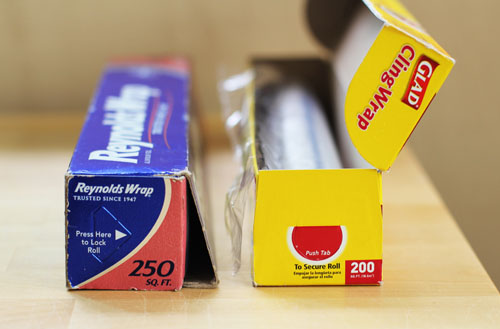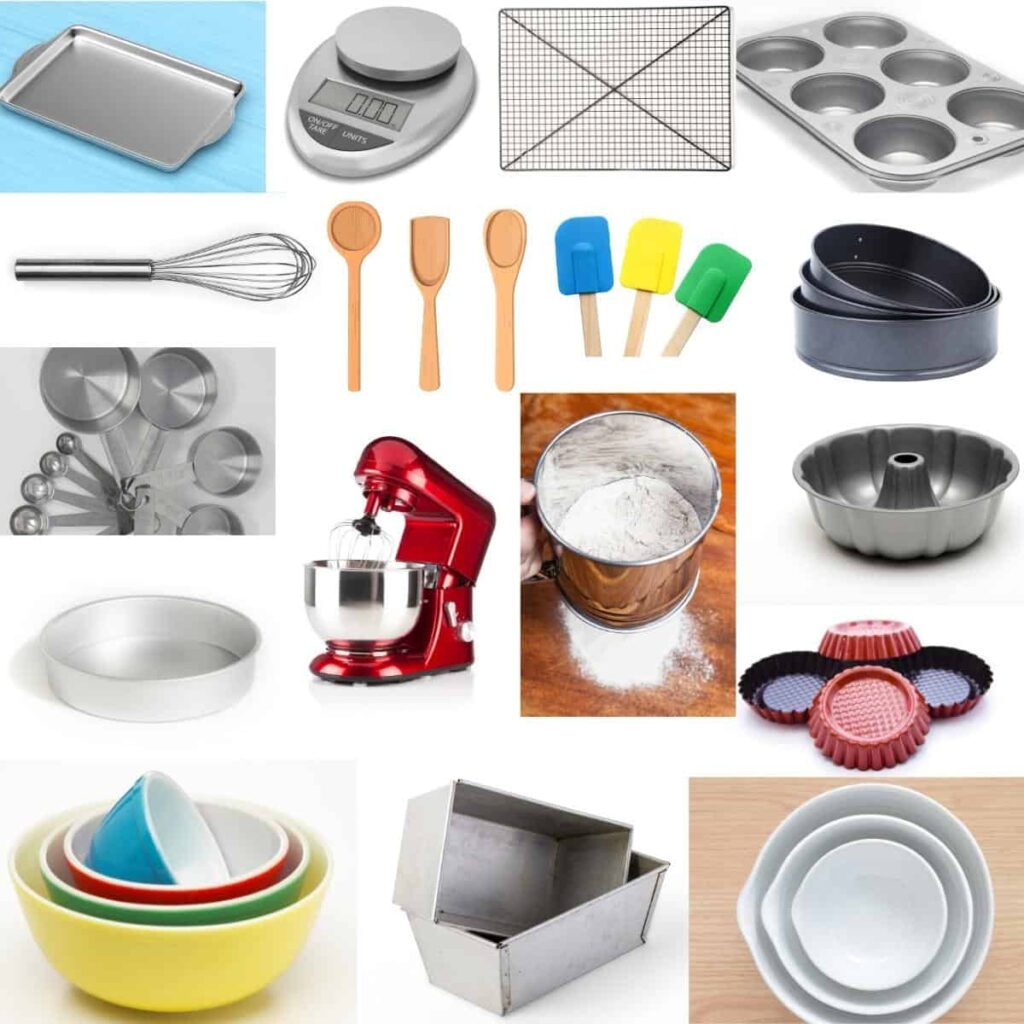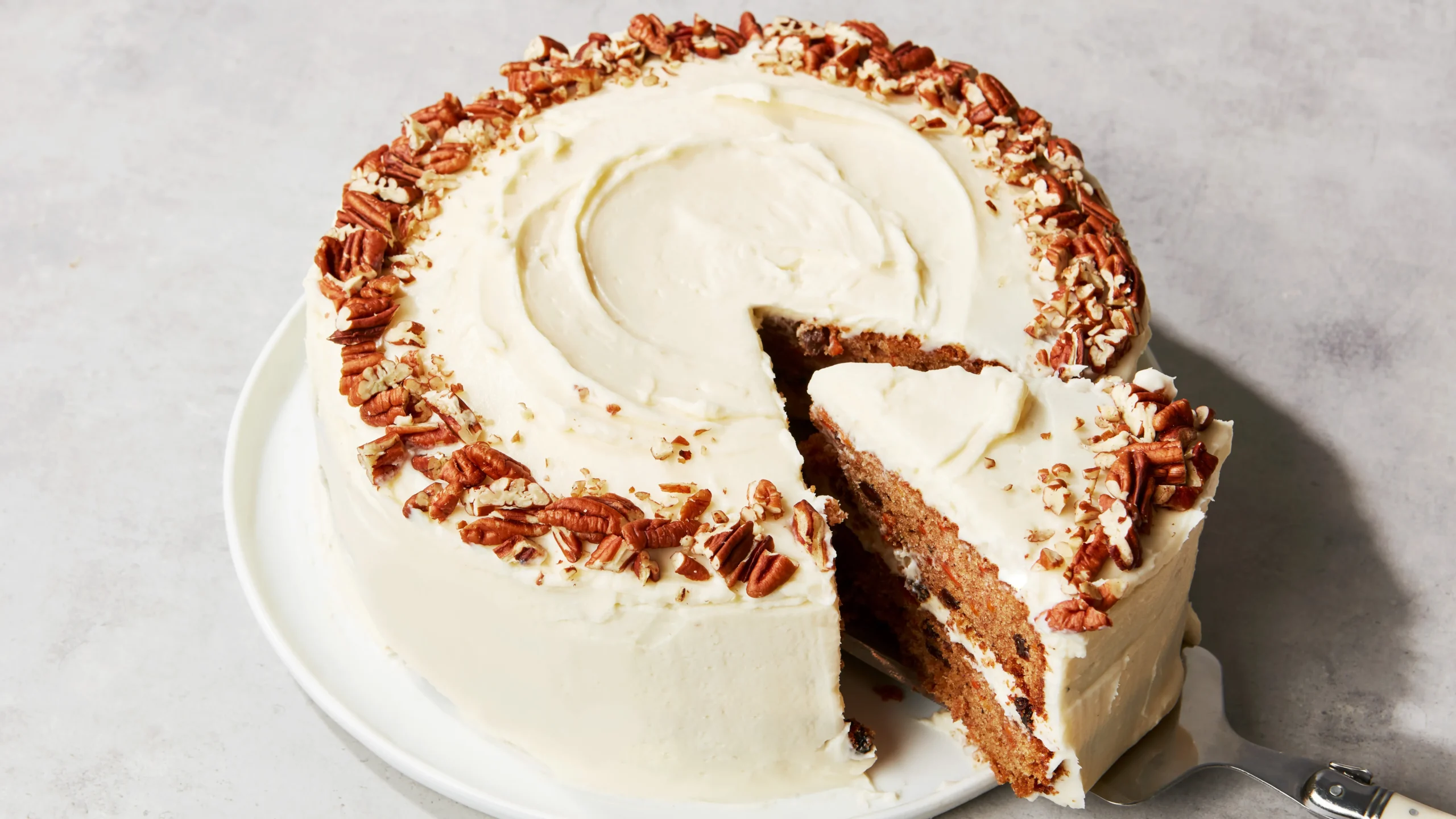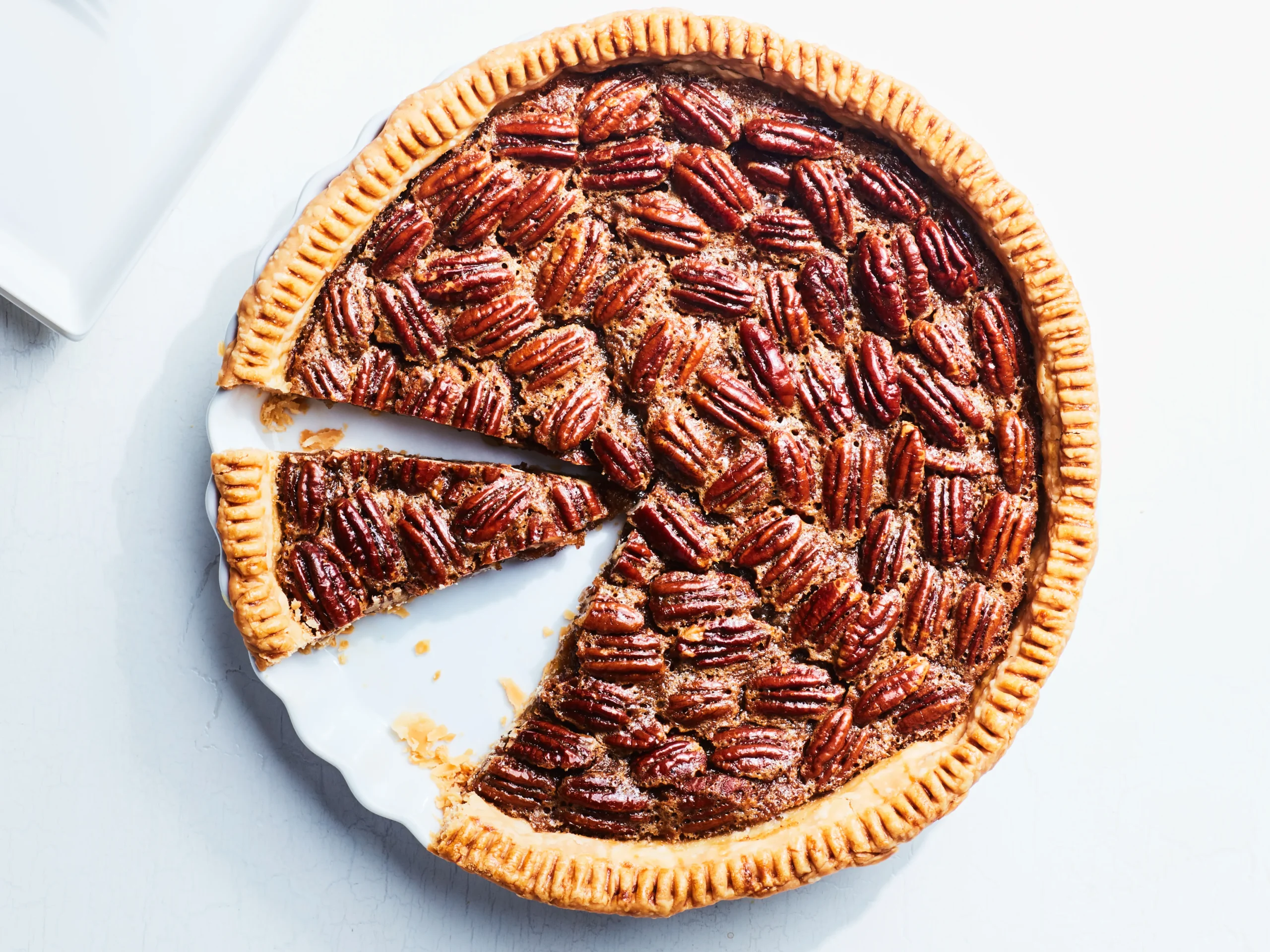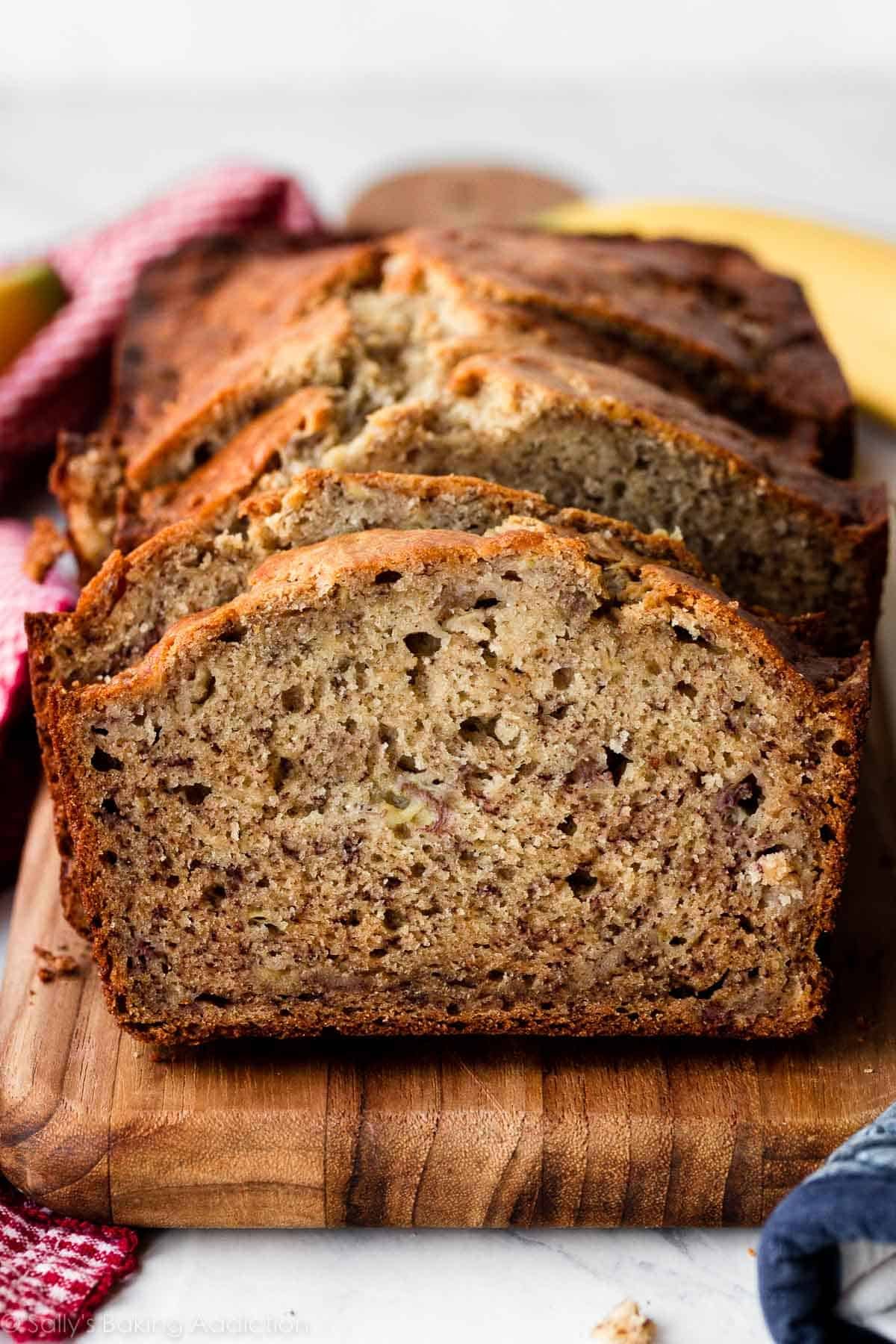Plastic wrap is a protective film used to cover food, while aluminum foil is a versatile kitchen tool for cooking and storing food. Plastic wrap and aluminum foil are essential items in any kitchen.
These two items serve different purposes and offer unique benefits. Plastic wrap, also known as cling film, is a thin transparent sheet made from polyvinyl chloride (PVC). It is commonly used to cover leftovers, wrap sandwiches, or seal containers to keep food fresh.
Plastic wrap is easy to use and provides an airtight seal to maintain the moisture and flavor of the food. On the other hand, aluminum foil is a malleable metal sheet that can withstand high temperatures. It is ideal for grilling, baking, and storing food. Aluminum foil acts as a barrier to moisture, light, and air, preserving the taste and texture of the food. Whether it’s keeping leftovers fresh or cooking delicious meals, plastic wrap and aluminum foil are indispensable tools in the kitchen.
Table of Contents
Understanding The Difference
When it comes to preserving food and keeping it fresh, two common options are plastic wrap and aluminum foil. Although they may seem similar, there are key differences between these two kitchen essentials. Understanding these differences can help you make the right choice for your specific needs. In this article, we will explore the basics of plastic wrap and aluminum foil, highlighting their unique characteristics.
Plastic Wrap Basics
Plastic wrap, also known as cling film or food wrap, is a thin and flexible plastic material commonly used to cover and protect food. It is typically made from polyethylene, a type of plastic that provides stretchability and airtightness. Plastic wrap is available in rolls of various sizes, making it convenient for wrapping different types of food.
Aluminum Foil Basics
On the other hand, aluminum foil is a versatile kitchen accessory made from thin sheets of aluminum. It is known for its excellent heat conductivity and ability to withstand high temperatures. Aluminum foil is commonly used for wrapping and covering food, as well as for cooking and grilling. It comes in rolls or pre-cut sheets, providing convenience for various food preparation tasks.
Key Differences Between Plastic Wrap And Aluminum Foil
Understanding the differences between plastic wrap and aluminum foil can help you determine which one is best suited for your specific needs. Here are some key distinctions:
| Plastic Wrap | Aluminum Foil |
|---|---|
| Made from polyethylene plastic | Made from aluminum |
| Provides stretchability and airtightness | Excellent heat conductivity |
| Ideal for wrapping and protecting food | Suitable for cooking, grilling, and wrapping food |
| Not suitable for high-temperature cooking | Can withstand high temperatures |
| Transparent, allowing easy visibility of the wrapped food | Opaque, preventing light from passing through |
| Easily torn or punctured | Durable and resistant to tearing |
Note: It’s important to consider the specific requirements of your food and cooking methods when choosing between plastic wrap and aluminum foil. Plastic wrap is ideal for short-term storage and protecting food in the refrigerator, while aluminum foil is suitable for cooking, grilling, and long-term storage. Combined usage of both can provide optimal results.
Uses And Benefits Of Plastic Wrap And Aluminum Foil
Plastic wrap and aluminum foil are two kitchen essentials that can significantly simplify cooking and storage processes. Both have a wide range of uses and benefits, making them indispensable in any well-equipped kitchen. In this blog post, we will delve into the numerous ways in which plastic wrap and aluminum foil can be utilized, highlighting their unique advantages. From preserving the freshness of food to providing innovative solutions in the culinary realm, these two versatile materials offer so much more than meets the eye.
How Plastic Wrap Is Used In The Kitchen
Plastic wrap, also known as cling film, is a stretchable thin plastic sheet that is commonly used in the kitchen due to its excellent ability to seal and preserve food. Its uses go beyond just covering leftovers and include:
- Wrapping sandwiches and snacks for packed lunches
- Protecting delicate foods like fruits, vegetables, and cheese from air exposure, keeping them fresh for longer
- Creating an airtight seal over bowls and containers to prevent spills and maintain food hygiene
- Preventing splatters in the microwave and keeping the oven clean during baking
Benefits Of Using Plastic Wrap
Plastic wrap offers several benefits that make it an essential kitchen accessory:
- Freshness preservation: By creating an airtight seal, plastic wrap keeps food fresh for an extended period, reducing waste and saving money.
- Easy visibility: Transparent plastic wrap allows you to identify stored food without the need to unwrap or open containers.
- Convenient storage: Due to its thin and flexible nature, plastic wrap can be easily stored without taking up much space in your kitchen cabinets.
- Time-saving: Wrapping food with plastic wrap eliminates the need for transferring leftovers to separate storage containers and allows you to directly store them in their original dishes.
Creative Uses Of Plastic Wrap Beyond Food Storage
Plastic wrap is not limited to food preservation alone. Its versatility makes it a handy tool for various other purposes:
- Protecting small electronics, such as remote controls or smartphones, from spills and dust.
- Covering paint trays or palettes to keep them moist during breaks while painting.
- Creating makeshift piping bags for icing or mashed potatoes by shaping a rolled-up piece of plastic wrap.
How Aluminum Foil Is Used In The Kitchen
Aluminum foil, known for its excellent heat conductivity, is a staple in the kitchen and is widely used for cooking, baking, and food storage. Some common uses of aluminum foil include:
- Wrapping and storing foods for refrigeration or freezing
- Covering dishes and pans during cooking to prevent mess and retain moisture
- Creating foil packets for grilling or baking, allowing for easy preparation and even cooking
- Providing insulation and acting as a buffer to protect delicate foods from direct heat in the oven
Benefits Of Using Aluminum Foil
Aluminum foil offers various benefits that make it a versatile kitchen tool:
- Heat retention: Aluminum foil effectively traps heat, ensuring even cooking and keeping food warm for longer periods.
- Easy cleanup: By using aluminum foil to line pans or wrap dishes, you can reduce the time spent on scrubbing and washing, making after-meal cleanup a breeze.
- Food safety: Aluminum foil acts as a barrier, protecting food from harmful bacteria and preventing cross-contamination.
- Versatility: Whether you are baking, grilling, or storing food, aluminum foil can be easily adapted to various cooking and storage needs.
Creative Uses Of Aluminum Foil Beyond Food Wrapping
Aluminum foil can be utilized creatively in various non-culinary scenarios as well:
- Sharpening scissors by folding a piece of foil multiple times and cutting through it using the dull blades.
- Bouncing light onto plants by placing strips of foil around them to enhance their exposure to sunlight and promote growth.
- Protecting doorknobs from paint splatters during painting projects by wrapping them with foil.
Safety And Environmental Considerations
When using plastic wrap and aluminum foil, it’s essential to consider both the health and safety implications as well as the environmental impact. By understanding these considerations and implementing mindful practices, you can make more informed choices and reduce your ecological footprint.
Health And Safety Considerations When Using Plastic Wrap
Plastic wrap, commonly used for food storage and preservation, can come with potential health and safety risks. It is important to be aware of these considerations:
- Chemical leaching: Certain types of plastic wrap may contain harmful chemicals such as phthalates and bisphenol A (BPA). These chemicals have been associated with adverse health effects, including endocrine disruption. To reduce exposure, opt for BPA-free plastic wrap or safer alternatives like beeswax wraps.
- Heat conduction: Plastic wrap can melt or release toxic fumes when exposed to high temperatures, such as when used in the microwave or oven. Always follow the manufacturer’s guidelines and avoid using plastic wrap in situations where heat transfer is likely.
- Choking hazard: Keep plastic wrap away from children to prevent accidental ingestion or suffocation. Store it in a secure location out of their reach.
Environmental Impact Of Plastic Wrap
The widespread use of plastic wrap contributes to the growing plastic waste crisis and poses significant environmental concerns. Here’s a look at the environmental impact:
- Non-biodegradable: Plastic wrap is made from petroleum-based plastic materials that can take hundreds of years to break down. This leads to long-lasting pollution, harming ecosystems and wildlife.
- Microplastic pollution: Over time, plastic wrap can degrade into microplastics, tiny particles that contaminate our waterways and infiltrate the food chain. These microplastics have been found in marine life and even tap water, posing potential risks to human health.
- Energy-intensive production: Manufacturing plastic wrap requires significant energy consumption and contributes to carbon emissions and climate change.
Tips For Minimizing Plastic Wrap Use
To reduce your reliance on plastic wrap and make more sustainable choices:
- Reusable alternatives: Consider using reusable food storage options such as glass containers, stainless steel containers, or beeswax wraps. These alternatives are durable, safer, and help reduce plastic waste.
- Proper portioning: Instead of covering entire dishes with plastic wrap, portion out food into individual servings and use lids or reusable covers for partial storage.
- Opt for compostable options: When necessary, choose compostable plastic wraps made from plant-based materials. Look for products labeled as certified compostable and dispose of them properly in composting facilities.
- Store food properly: Explore alternative storage methods, like using airtight containers, mason jars, or silicone food covers, to keep food fresh without the need for plastic wrap.
Health And Safety Considerations When Using Aluminum Foil
When using aluminum foil in food preparation and storage, it’s important to be mindful of certain health and safety considerations:
- Aluminum leaching: Some studies suggest that aluminum can leach into food, particularly when acidic or salty foods are wrapped in aluminum foil. While the health effects are still debated, it’s advisable to avoid direct contact between aluminum foil and acidic foods.
- Fire hazard: Aluminum foil is highly flammable and can ignite in the presence of open flames or high heat. Always take precautions when using aluminum foil near heat sources.
- Cuts and sharp edges: Be cautious when handling aluminum foil, as its sharp edges can cause cuts or injuries. Keep it out of reach from children.
Environmental Impact Of Aluminum Foil
Understanding the environmental consequences of using aluminum foil can help you make more environmentally conscious choices:
- Energy-intensive production: The production of aluminum foil requires significant amounts of energy, contributing to carbon emissions and climate change.
- Depleting resources: Aluminum is extracted from bauxite ore through energy-intensive processes. As a non-renewable resource, the extraction and processing of aluminum contribute to habitat destruction and ecosystem disruption.
- Recycling challenges: Although aluminum foil is recyclable, the recycling process can be energy-intensive and costly. Contamination from food residues can also hinder the recyclability of aluminum foil.
Tips For Minimizing Aluminum Foil Use
To reduce your consumption of aluminum foil and adopt more sustainable practices, consider the following tips:
- Reusable baking alternatives: Invest in silicone baking mats, parchment paper, or reusable baking sheets to decrease the need for aluminum foil in the oven.
- Alternative food wraps: Explore options like reusable beeswax wraps or silicone food covers for wrapping and storing food instead of using aluminum foil.
- Choose aluminum-free containers: Opt for glass, stainless steel, or ceramic containers for food storage instead of using aluminum foil.
- Reuse and recycle: When using aluminum foil, rinse off any food residues before recycling it. Alternatively, consider reusing aluminum foil for non-food related purposes before recycling.
Tips For Proper Usage And Storage
Plastic wrap and aluminum foil are two common kitchen essentials that help to keep our food fresh and protected. However, using them effectively and storing them properly can sometimes be a bit tricky. In this post, we will share some valuable tips on how to use plastic wrap and aluminum foil effectively and how to store them correctly, ensuring their long-lasting usability.
Proper Ways To Use Plastic Wrap Effectively
Plastic wrap is a versatile tool that can help to keep your food fresh and intact. To make the most of it, follow these tips:
- Start by pulling out enough plastic wrap to cover the desired area. Holding the edges of the wrap, gently stretch it across the container or over the food.
- Ensure the plastic wrap is taut and securely pressed against the surface of the food or container to create an airtight seal.
- If you need to microwave your food with the plastic wrap, make sure to use wrap that is specifically labeled as microwave-safe. Avoid letting the wrap touch the food directly to prevent any potential chemical transfer.
- When removing the plastic wrap, do so with caution to prevent any tearing or sticking. Start by lifting one corner and gradually pull it back away from the food or container.
Tips For Storing Plastic Wrap
To ensure your plastic wrap stays fresh and easy to use, consider the following storage tips:
- Store your plastic wrap in a cool and dry place, away from direct sunlight or heat sources.
- Keep the box or container tightly closed when not in use to prevent the plastic wrap from drying out or getting exposed to moisture.
- Consider using a dispenser with a built-in cutter to conveniently dispense and cut the plastic wrap without any hassle.
Proper Ways To Use Aluminum Foil Effectively
Aluminum foil is a multipurpose kitchen tool that can be used for cooking, baking, and storing food. Here are some effective ways to use it:
- When using aluminum foil for cooking or baking, always place the shiny side facing inwards towards the food. The shiny side reflects heat, helping to cook the food more evenly.
- When sealing food in aluminum foil for storage, ensure the foil is tightly wrapped and all edges are sealed. This helps to maintain the freshness and prevent any leaks or spills.
- For grilling or roasting, use heavy-duty aluminum foil to withstand high temperatures and provide a sturdy barrier for your food.
- While using aluminum foil in the oven, make sure to leave enough space for proper air circulation to avoid any potential fire hazards.
Tips For Storing Aluminum Foil
To keep your aluminum foil in optimal condition, employ these storage tips:
- Store your aluminum foil rolls in a cool and dry place, away from moisture and any heat sources.
- Keep the box or container tightly closed to prevent the aluminum foil from getting exposed to air, which can cause it to oxidize and lose its effectiveness.
- If you prefer reusable aluminum foil, wash and dry it thoroughly before storing it to avoid any potential moisture buildup and unpleasant odors.
Alternatives And Innovations
Discover alternative and innovative solutions to plastic wrap and aluminum foil for sustainable living. Explore eco-friendly options that reduce waste without compromising on convenience and efficacy.
Eco-friendly Alternatives To Plastic Wrap And Aluminum Foil
When it comes to food storage and wrapping, many people are starting to seek eco-friendly alternatives to plastic wrap and aluminum foil. These traditional options are not only wasteful but also harmful to the environment. Thankfully, there are now innovative and sustainable materials that can help reduce our carbon footprint while still keeping our food fresh and protected.
One popular alternative to plastic wrap is beeswax wrap. Made from organic cotton infused with beeswax, jojoba oil, and tree resin, beeswax wrap is a reusable and biodegradable option. It can be molded and shaped to cover bowls, plates, and even fruits and vegetables. Its natural antibacterial properties help keep food fresh, and it can be easily cleaned with mild soap and water.
Another eco-friendly option is silicone food storage bags. These bags are made from food-grade silicone, which is a durable and non-toxic material. They are airtight and watertight, ensuring that your food stays fresh and leak-free. Silicone food storage bags can be reused countless times, reducing the need for single-use plastics. Plus, they are dishwasher safe, making them easy to clean and maintain.
For those looking for a waste-free solution, there are also reusable food wraps made from plant-based materials such as hemp or cotton. These wraps use plant waxes or oils to create a natural barrier, allowing food to breathe while staying protected. They are a sustainable and compostable option that can be used as an alternative to plastic wrap.
Innovative Products Replacing Traditional Plastic Wrap And Aluminum Foil
In addition to eco-friendly alternatives, there are also innovative products that are replacing traditional plastic wrap and aluminum foil. These products offer convenience, sustainability, and improved food preservation.
One such innovation is the reusable silicone stretch lids. These flexible lids are made from food-grade silicone and come in various sizes to fit different containers. They create an airtight seal, preventing leaks and keeping your food fresher for longer. The best part is that they can be washed and reused, eliminating the need for disposable wraps.
Vacuum sealers are another innovative option for food storage. These machines remove air from specially designed bags, creating a vacuum seal that preserves the freshness of the food for an extended period. Vacuum sealing not only reduces the need for plastic wrap but also helps prevent freezer burn and food waste.
The Future Of Food Storage And Wrapping Materials
As the demand for sustainable and eco-friendly options continues to grow, the future of food storage and wrapping materials holds promising innovations. Researchers and companies are constantly working on developing new materials that combine sustainability with functionality.
One such material is bamboo fiber, which has seen a surge in popularity in recent years. Bamboo is a fast-growing and renewable resource that can be used to create durable and biodegradable food wraps and containers. It offers a natural antimicrobial property, ensuring that your food stays fresh and safe.
Another exciting development is edible food packaging. Imagine being able to eat your food wrap or container along with your meal, eliminating waste entirely. Innovations in edible packaging are being explored, utilizing materials such as seaweed, starch, and even beeswax. These materials are not only safe for consumption but also biodegradable.
In conclusion, the alternatives and innovations in food storage and wrapping materials offer eco-friendly and sustainable solutions to replace traditional plastic wrap and aluminum foil. From beeswax wrap to silicone food storage bags and bamboo fiber, there are choices available that reduce waste without compromising on functionality. As we look towards the future, edible food packaging holds immense potential to revolutionize the way we store and wrap our food, ensuring a greener and more sustainable planet for generations to come.

Credit: www.sfgate.com
Frequently Asked Questions On Plastic Wrap And Aluminum Foil
Can You Put Aluminum Foil In The Microwave?
Yes, you can put aluminum foil in the microwave, but it should be used carefully. Make sure the foil does not touch the sides of the microwave, and avoid covering the entire food with foil as it may cause uneven heating.
It’s best to use microwave-safe containers for heating food.
Can Plastic Wrap Be Used In The Oven?
No, plastic wrap should not be used in the oven. It is not designed to withstand high temperatures and can melt or release harmful chemicals when exposed to heat. Instead, use oven-safe lids or aluminum foil to cover food when baking or roasting in the oven.
Is It Safe To Wrap Food In Aluminum Foil?
Yes, it is safe to wrap food in aluminum foil. Aluminum foil acts as a barrier againstair, moisture, and light, helping to keep the food fresh. However, avoid using aluminum foil with acidic or salty foods, as these can cause a reaction that may affect the taste or safety of the food.
Can Plastic Wrap Be Recycled?
The recyclability of plastic wrap depends on your local recycling guidelines. Some recycling programs do accept plastic wrap, while others do not. Check with your local recycling facility or waste management agency to determine if plastic wrap can be recycled in your area.
If not, consider reusing it or opting for eco-friendly alternatives.
Conclusion
Plastic wrap and aluminum foil are both versatile and convenient kitchen essentials. While plastic wrap is perfect for sealing containers and preserving freshness, aluminum foil is ideal for wrapping and cooking food. Understanding the unique benefits and uses of each can greatly enhance your culinary experience.
Incorporate these essential tools into your daily cooking routine and enjoy the convenience they bring to your kitchen.
